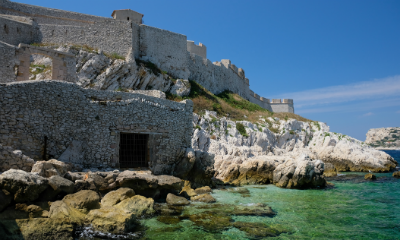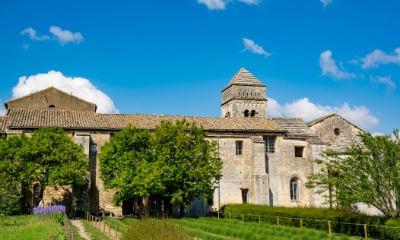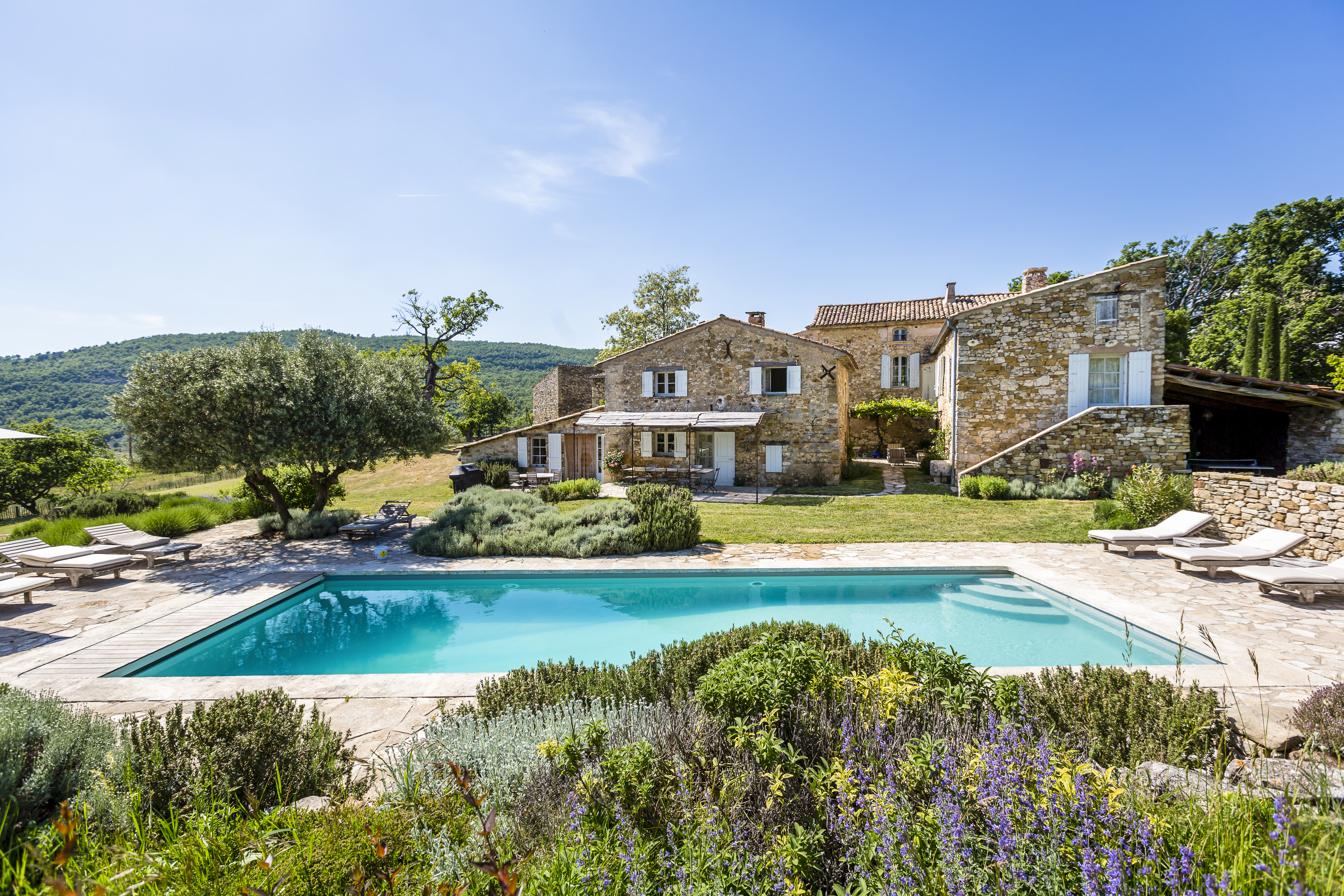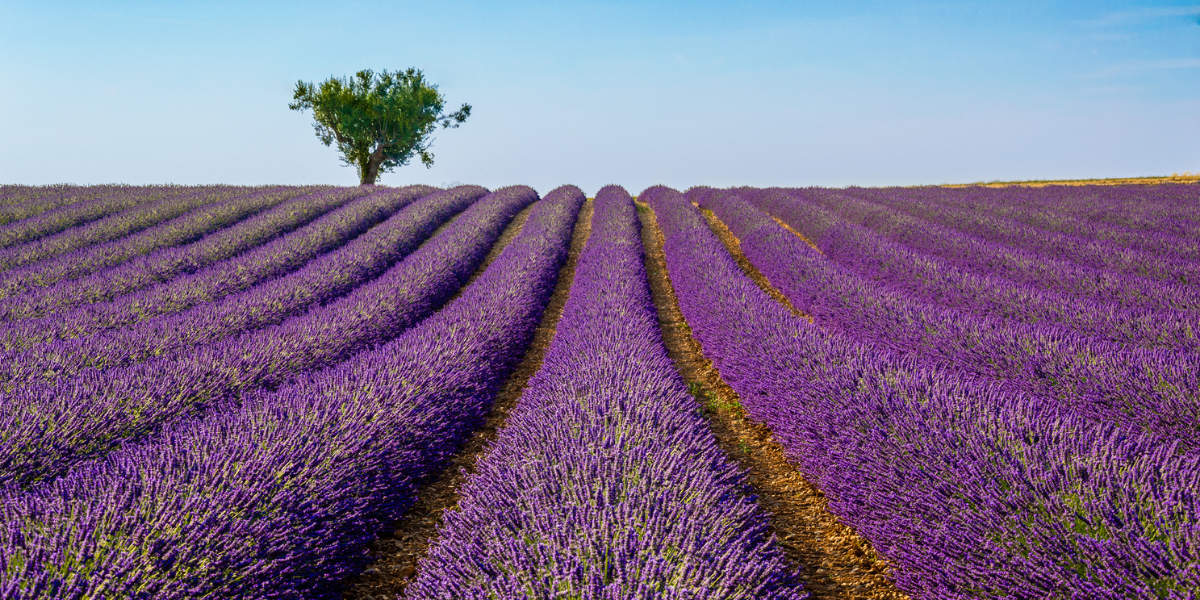Beyond the quintessential Provençal towns and sea of lavender, follow the nature trail into fruit orchards and vineyards and up into the hills and mountains beyond. Here, you can test your mettle with everything from canoeing to climbing, biking to hiking, skiing to snowboarding. This corner of France is home to Europe’s greatest canyon: The Gorges du Verdon – a place of white-water rapids and looming cliffs.
Offshore are rugged islands of cliffs and creeks, while the Camargue delta is filled with indigenous white horses and prized black bulls, not to mention the famed flamingo.
There’s more to Provence than spectacular scenery: the region has layers of history to unfold, from Roman ruins and villages to medieval architecture and papal palaces. Throw yourself into the pages of a living textbook and loop around the prehistoric sites, medieval abbeys, churches and art deco buildings peppered across the landscape.
Hike or rock-climb among the mountains
Most people start off in the Dentelles de Montmirail, the foothills of the 2,000m-high Mont Ventoux – one of Europe’s most forbidding peaks. A lesser-trodden alternative is Lure, whose wild, untamed slopes are surrounded by a wall of forest, protected as part of the Ecrins National Park. Other excellent peaks make up the Lubéron massif, a rugged range that’s great for mountain climbing and hiking.
Visit the Camargue, Western Europe’s largest delta
An extraordinary mix of rose-hued salt flats, rice paddies and vineyards provide habitats for indigenous white horses, black bulls, flamingos, hawks and eagles. Relatively flat, it’s a scenic place for cycling as well as horse riding and bird-watching.
Shop for antiques
A 40-minute drive from Avignon, L’Isle-sur-la-Sorgue is an antiques hotspot thanks to treasure-trove stores and its huge market – the biggest outside of Paris. Around 400 dealers set up stalls selling everything from vintage underwear to marble lions.
Discover Roman ruins
Travel back in time to the Roman Empire and visit the ancient ruins across the region. Start in the charming old town of Vaison-la-Romaine, where the Romans once settled north of the first-century Pont Romain, before heading south to the Roman city of Glanum, which includes a first-century BC triumphal arch. Continue south to Arles, where you can gawp at the extraordinary amphitheatre that nods to the town’s former status as the Roman capital of Gaul, Britain and Spain.
 White horses and flamingos at Parc Regional de Camargue
White horses and flamingos at Parc Regional de Camargue




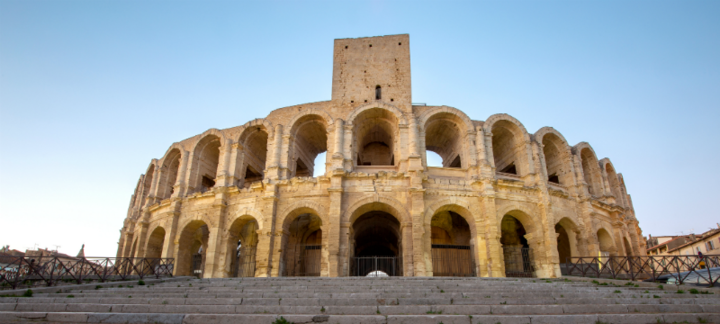

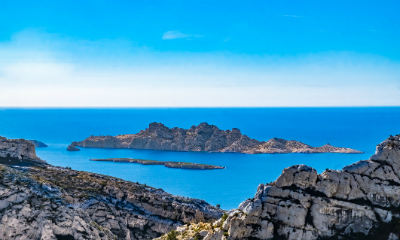






 White horses and flamingos at Parc Regional de Camargue
White horses and flamingos at Parc Regional de Camargue